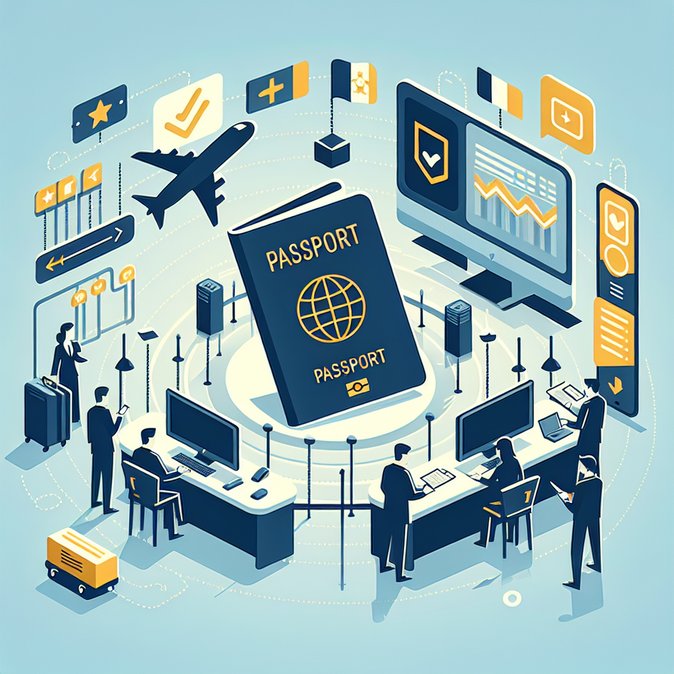
Poland has become the first EU member state to blanket-activate the new Schengen Entry/Exit System (EES) across its entire frontier. At 00:01 on 24 November, Border Guard officers simultaneously flipped the switch at 38 airports, sea ports, rail stations and road crossings—including Warsaw-Chopin, Kraków-Balice and the Korczowa and Dorohusk road gates to Ukraine. In less than a minute, the system captures four fingerprints, a high-resolution facial image and the biographic data in the traveller’s passport, replacing the old ink stamp with a tamper-proof digital record. Officials say first-time enrolment averages 90 seconds; repeat travellers who clear e-gates can already transit in as little as 20 seconds.
The €47 million roll-out follows a six-week pilot on the Ukrainian frontier that processed more than 600,000 travellers without serious glitches. A further 140 secondary posts are scheduled to come online by 4 December, giving Poland a 100 percent EES perimeter and starting a nine-month countdown to the launch of ETIAS, the prepaid travel authorisation Brussels has tied to the system’s stability. Interior Minister Marcin Kierwiński framed the upgrade as both a facilitation tool and a response to “hybrid threats” from Russia and Belarus.
![Poland Switches On EU Biometric Entry/Exit System at 38 Border Points]()
For corporate mobility teams the implications are immediate. Travellers must budget an extra five-to-ten minutes on their first post-24 November arrival while biometrics are taken, then expect quicker repeat trips. HR departments are revising travel policies to instruct assignees to carry Polish residence cards until databases fully synchronise; a mismatch between a residence-permit record and an entry scan could trigger an over-stay alarm. Airlines have welcomed the change, arguing that once the enrolment hump subsides the new system will shorten peak-time queues.
Strategically, Warsaw hopes its early adoption will strengthen its call to lift the temporary spot checks that Germany and Lithuania re-introduced this autumn, contending that a pan-EU biometric perimeter removes the need for internal Schengen controls. Multinationals are also reviewing data-privacy clauses, as EES logs will become discoverable evidence in tax-residency, posted-worker and social-security audits. Companies planning year-end moves are being advised to brief travellers, add explanatory FAQs to relocation packets and budget for possible teething-trouble delays through the Christmas rush.
The €47 million roll-out follows a six-week pilot on the Ukrainian frontier that processed more than 600,000 travellers without serious glitches. A further 140 secondary posts are scheduled to come online by 4 December, giving Poland a 100 percent EES perimeter and starting a nine-month countdown to the launch of ETIAS, the prepaid travel authorisation Brussels has tied to the system’s stability. Interior Minister Marcin Kierwiński framed the upgrade as both a facilitation tool and a response to “hybrid threats” from Russia and Belarus.

For corporate mobility teams the implications are immediate. Travellers must budget an extra five-to-ten minutes on their first post-24 November arrival while biometrics are taken, then expect quicker repeat trips. HR departments are revising travel policies to instruct assignees to carry Polish residence cards until databases fully synchronise; a mismatch between a residence-permit record and an entry scan could trigger an over-stay alarm. Airlines have welcomed the change, arguing that once the enrolment hump subsides the new system will shorten peak-time queues.
Strategically, Warsaw hopes its early adoption will strengthen its call to lift the temporary spot checks that Germany and Lithuania re-introduced this autumn, contending that a pan-EU biometric perimeter removes the need for internal Schengen controls. Multinationals are also reviewing data-privacy clauses, as EES logs will become discoverable evidence in tax-residency, posted-worker and social-security audits. Companies planning year-end moves are being advised to brief travellers, add explanatory FAQs to relocation packets and budget for possible teething-trouble delays through the Christmas rush.









